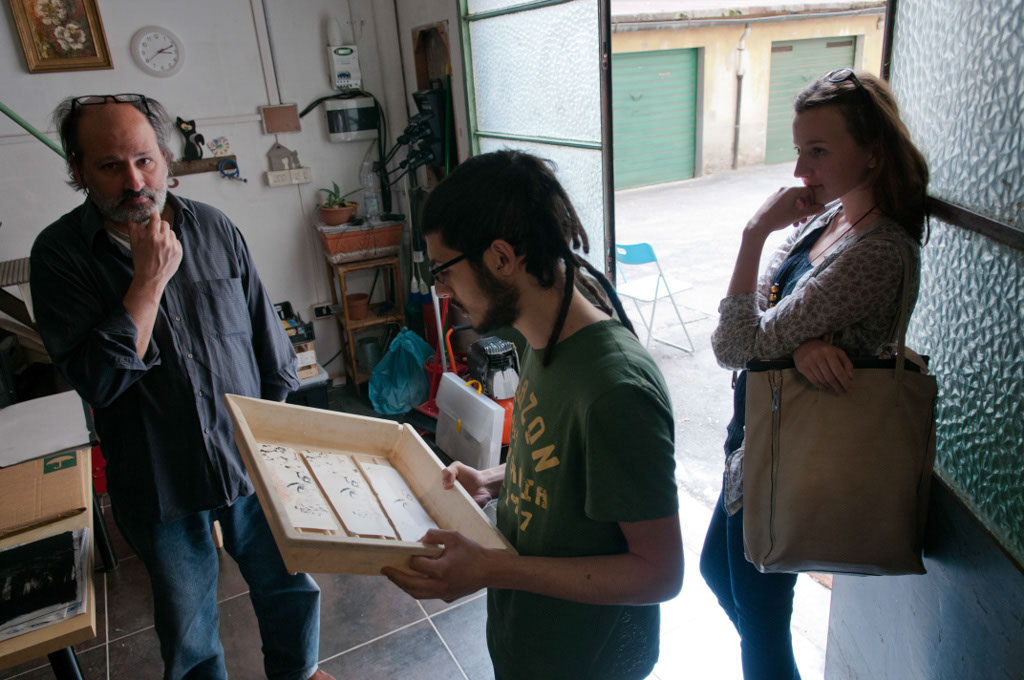
Cliché Verre. A workshop in Florence. Students of University of Arts taking part in a workshop on Cliché Verre, a combination of art and photography.
Teacher Maria Fabiola Ungredda.

Cliché Verre. A workshop in Florence. Students of University of Arts taking part in a workshop on Cliché Verre, a combination of art and photography.
Teacher Maria Fabiola Ungredda.
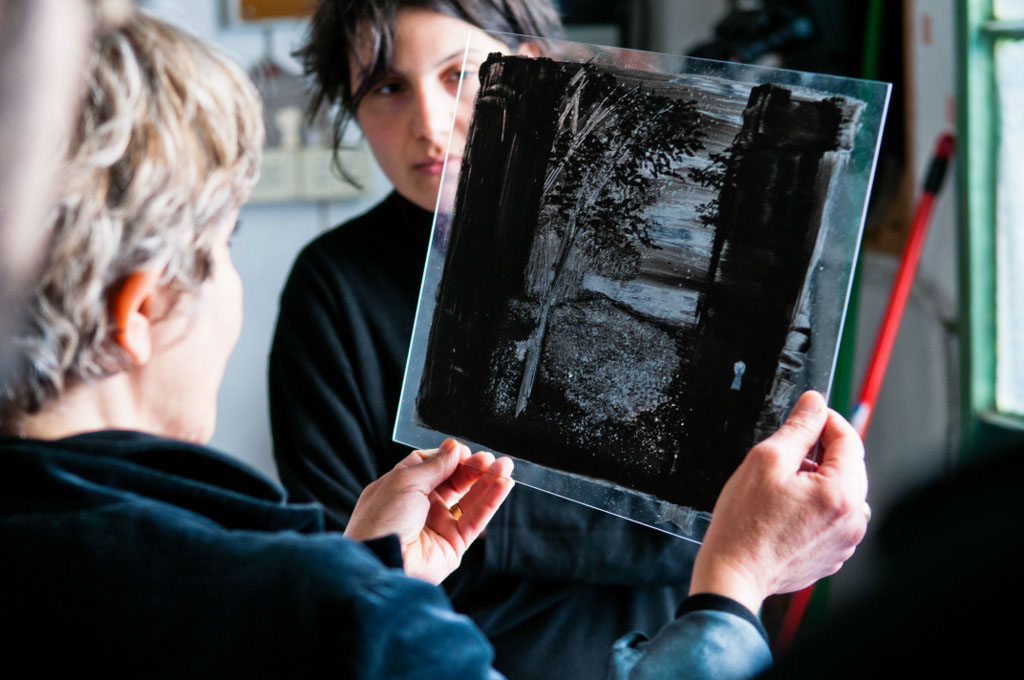
Cliché Verre. A workshop in Florence. Students of University of Arts taking part in a workshop on Cliché Verre, a combination of art and photography.
Teacher Maria Fabiola Ungredda.
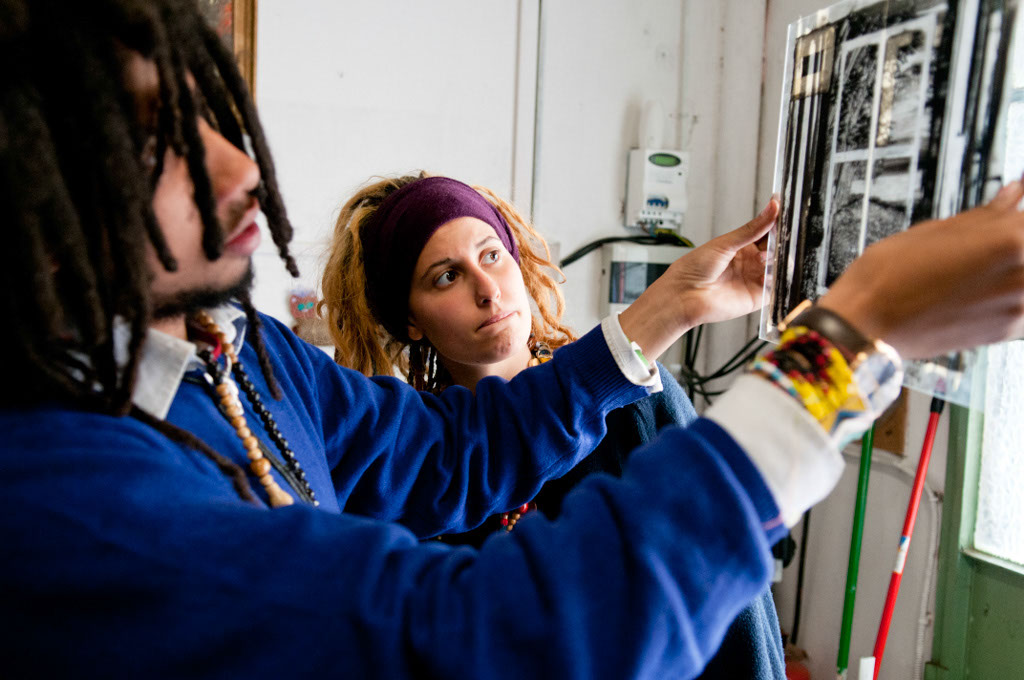
Cliché Verre. A workshop in Florence. Students of University of Arts taking part in a workshop on Cliché Verre, a combination of art and photography.
Teacher Maria Fabiola Ungredda.
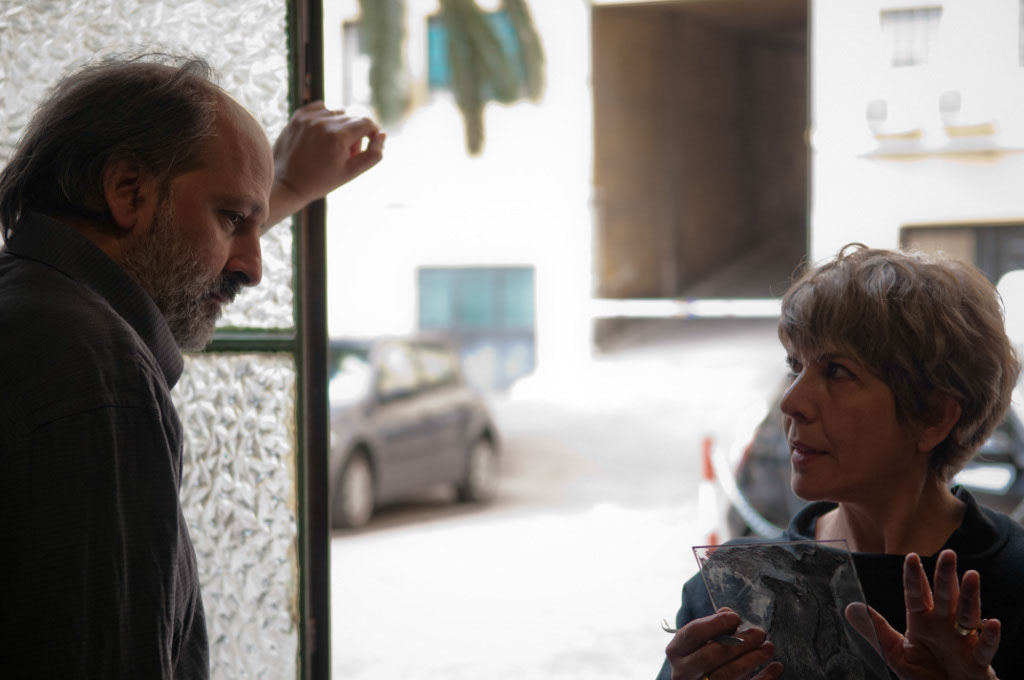
Cliché Verre. A workshop in Florence. Students of University of Arts taking part in a workshop on Cliché Verre, a combination of art and photography.
Teacher Maria Fabiola Ungredda.

Cliché Verre. A workshop in Florence. Students of University of Arts taking part in a workshop on Cliché Verre, a combination of art and photography.
Teacher Maria Fabiola Ungredda.

Cliché Verre. A workshop in Florence. Students of University of Arts taking part in a workshop on Cliché Verre, a combination of art and photography.
Teacher Maria Fabiola Ungredda.
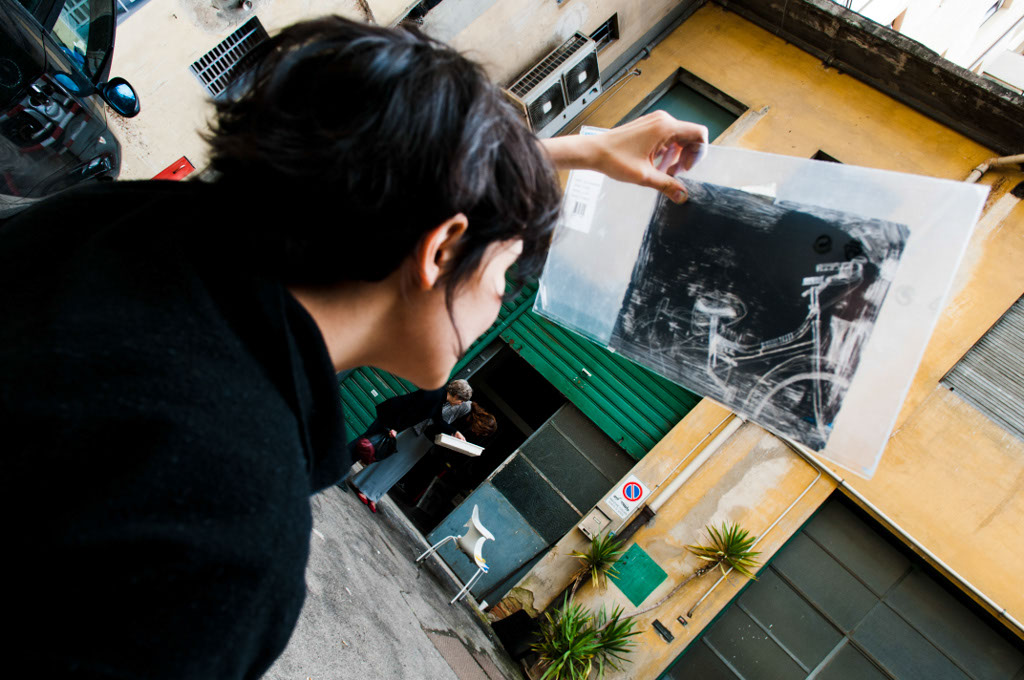
Cliché Verre. A workshop in Florence. Students of University of Arts taking part in a workshop on Cliché Verre, a combination of art and photography.
Teacher Maria Fabiola Ungredda.

Cliché Verre. A workshop in Florence. Students of University of Arts taking part in a workshop on Cliché Verre, a combination of art and photography.
Teacher Maria Fabiola Ungredda.
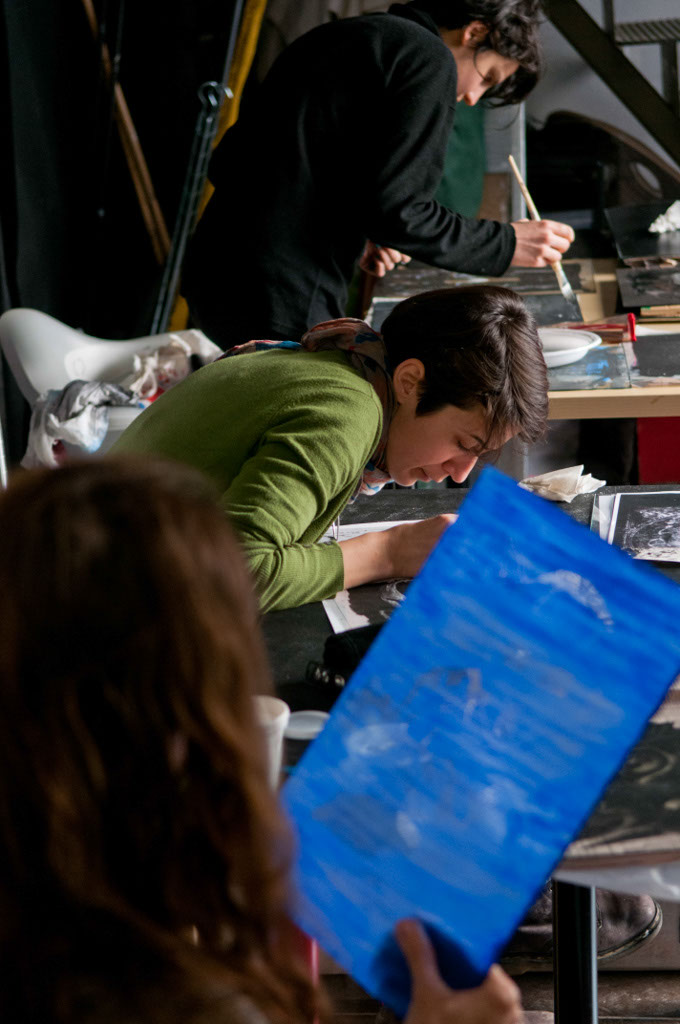
Cliché Verre. A workshop in Florence. Students of University of Arts taking part in a workshop on Cliché Verre, a combination of art and photography.
Teacher Maria Fabiola Ungredda.

Cliché Verre. A workshop in Florence. Students of University of Arts taking part in a workshop on Cliché Verre, a combination of art and photography.
Teacher Maria Fabiola Ungredda.
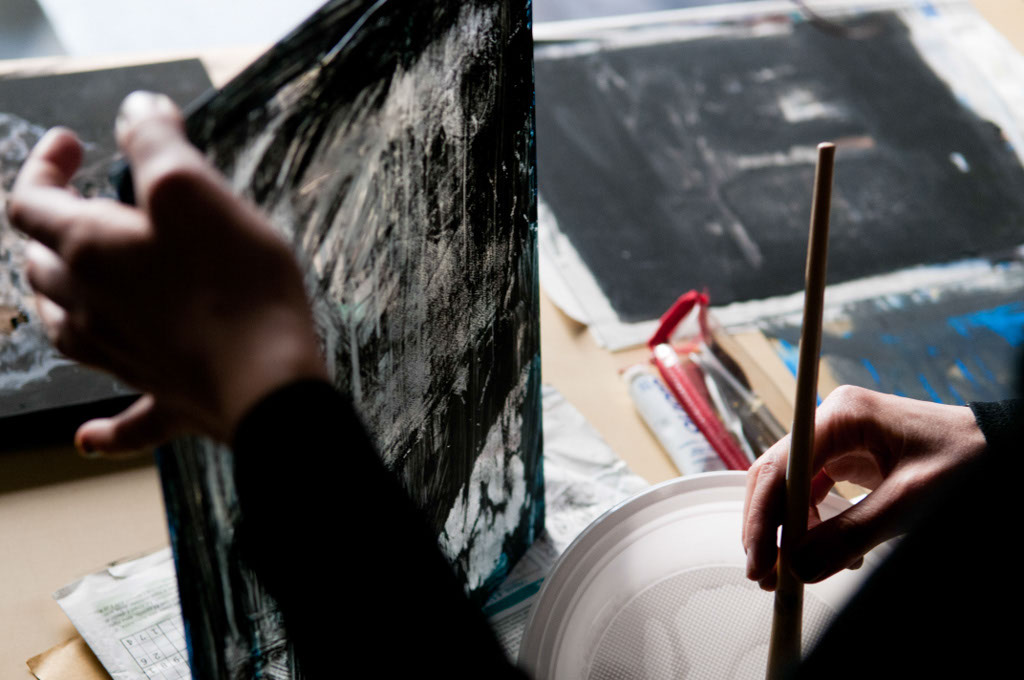
Cliché Verre. A workshop in Florence. Students of University of Arts taking part in a workshop on Cliché Verre, a combination of art and photography.
Teacher Maria Fabiola Ungredda.
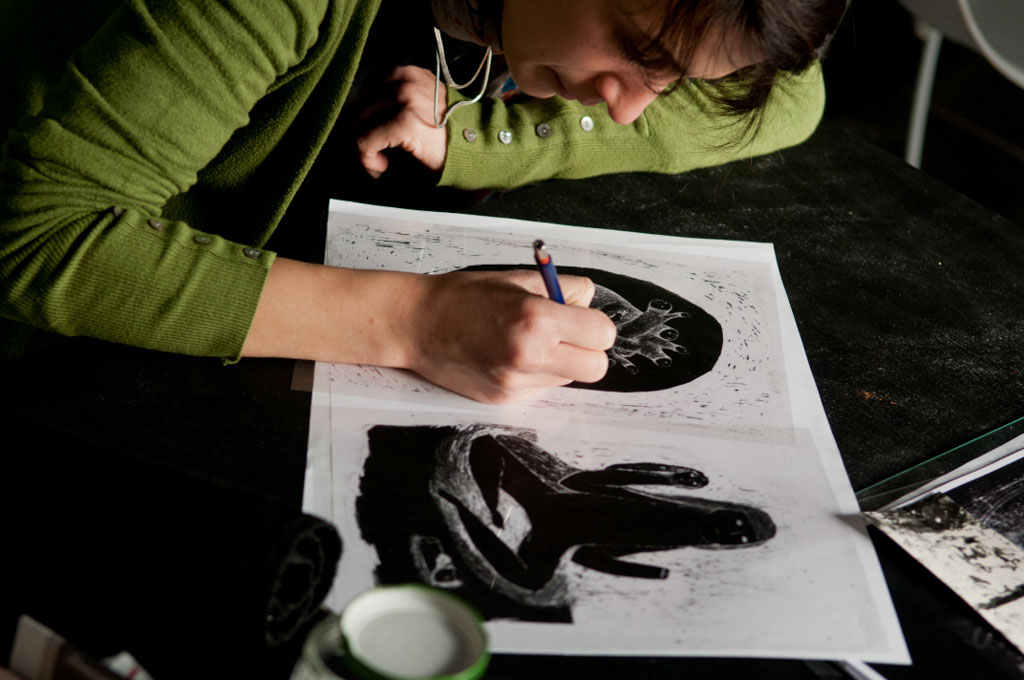
Cliché Verre. A workshop in Florence. Students of University of Arts taking part in a workshop on Cliché Verre, a combination of art and photography.
Teacher Maria Fabiola Ungredda.
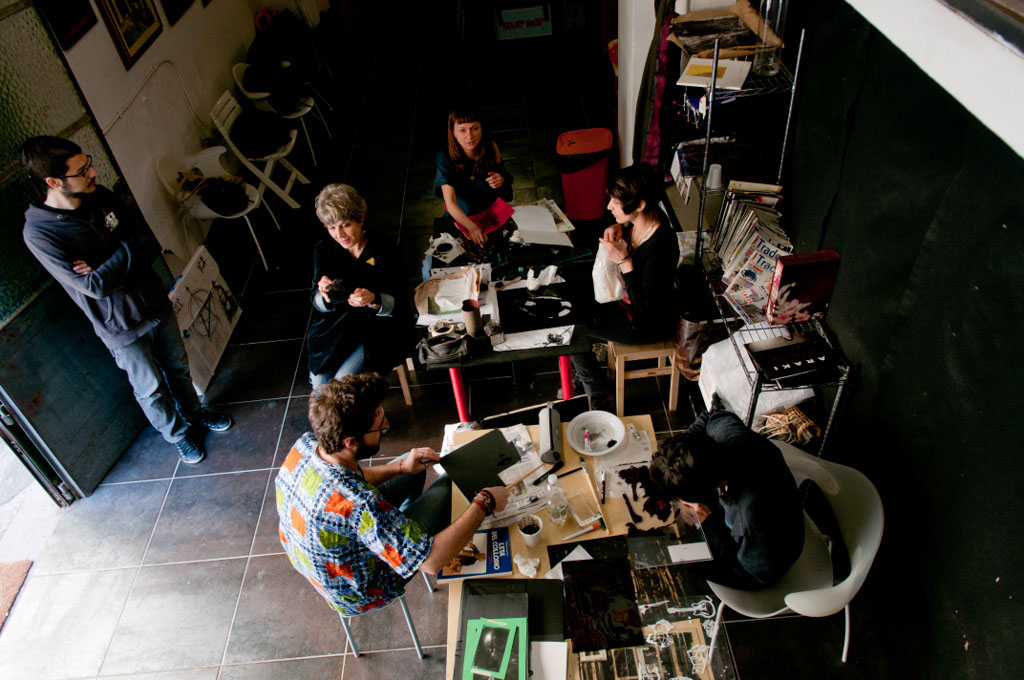
Cliché Verre. A workshop in Florence. Students of University of Arts taking part in a workshop on Cliché Verre, a combination of art and photography.
Teacher Maria Fabiola Ungredda.

Cliché Verre. A workshop in Florence. Students of University of Arts taking part in a workshop on Cliché Verre, a combination of art and photography.
Teacher Maria Fabiola Ungredda.
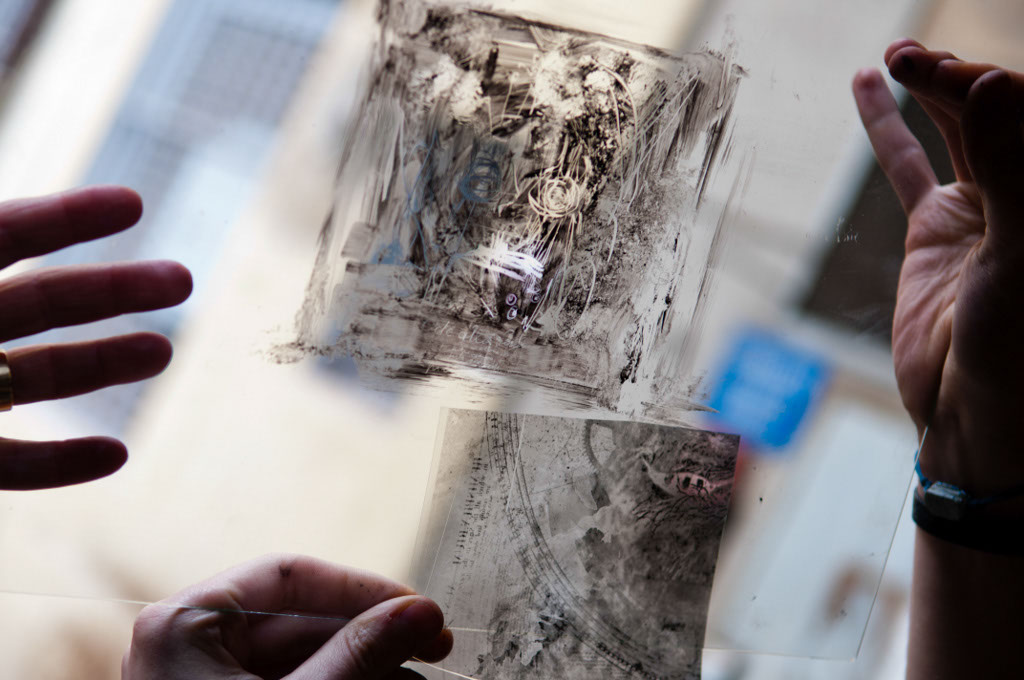
Cliché Verre. A workshop in Florence. Students of University of Arts taking part in a workshop on Cliché Verre, a combination of art and photography.
Teacher Maria Fabiola Ungredda.
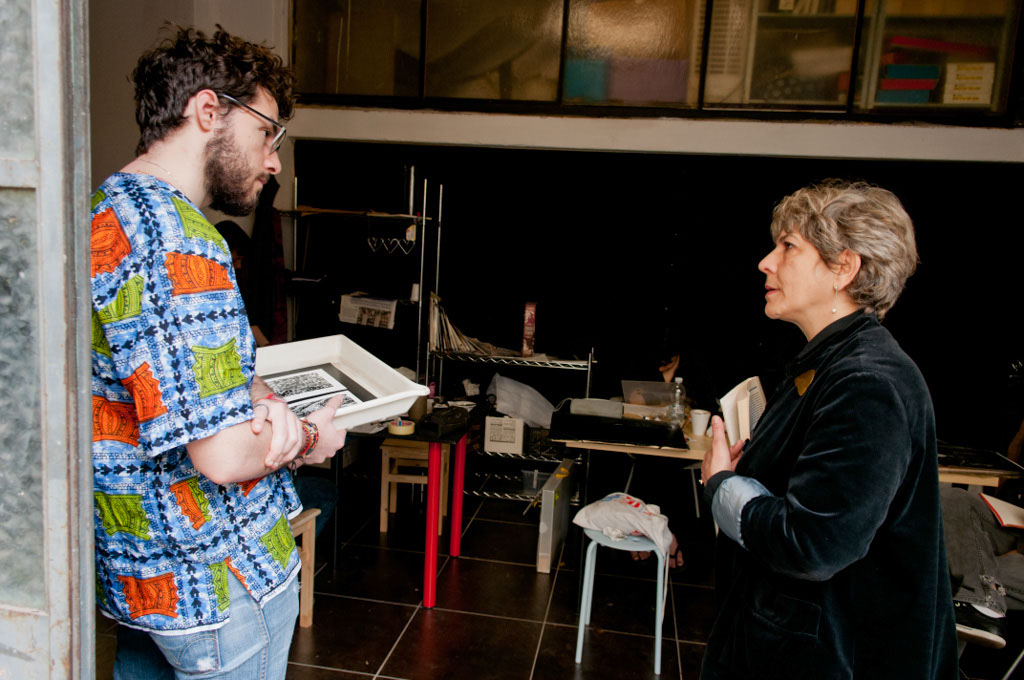
Cliché Verre. A workshop in Florence. Students of University of Arts taking part in a workshop on Cliché Verre, a combination of art and photography.
Teacher Maria Fabiola Ungredda.

Cliché Verre. A workshop in Florence. Students of University of Arts taking part in a workshop on Cliché Verre, a combination of art and photography.
Teacher Maria Fabiola Ungredda.
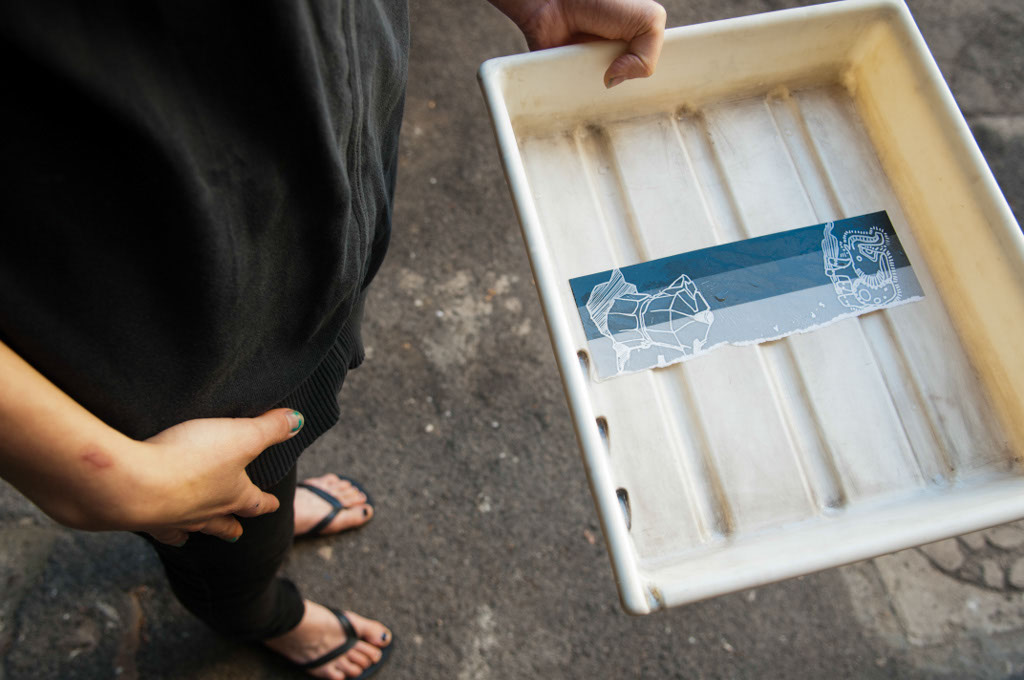
Cliché Verre. A workshop in Florence. Students of University of Arts taking part in a workshop on Cliché Verre, a combination of art and photography.
Teacher Maria Fabiola Ungredda.

Cliché Verre. A workshop in Florence. Students of University of Arts taking part in a workshop on Cliché Verre, a combination of art and photography.
Teacher Maria Fabiola Ungredda.
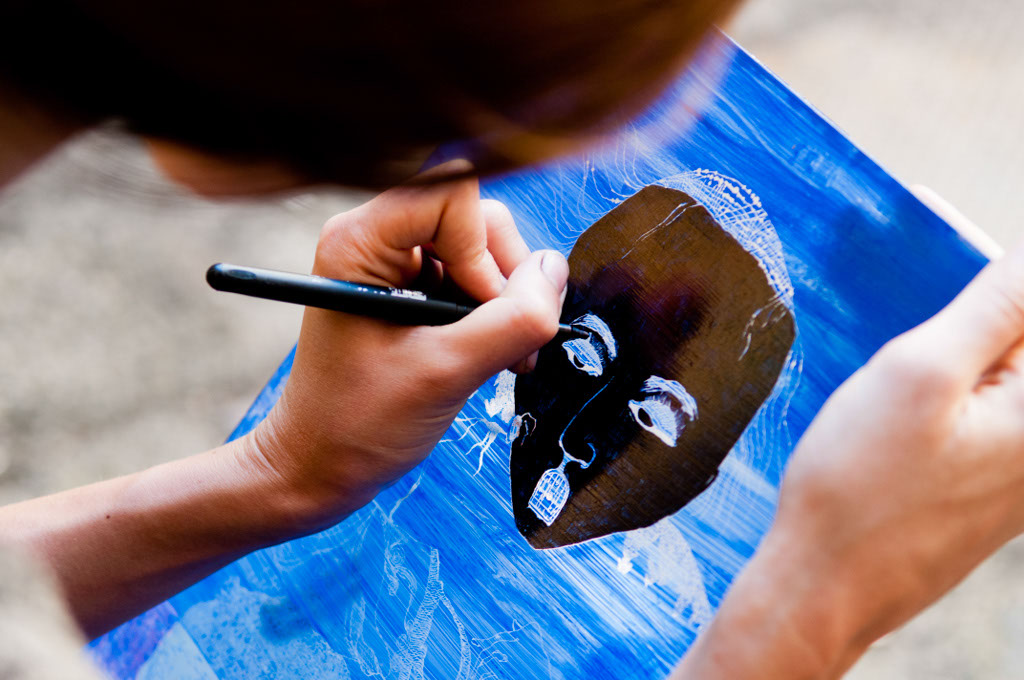
Cliché Verre. A workshop in Florence. Students of University of Arts taking part in a workshop on Cliché Verre, a combination of art and photography.
Teacher Maria Fabiola Ungredda.
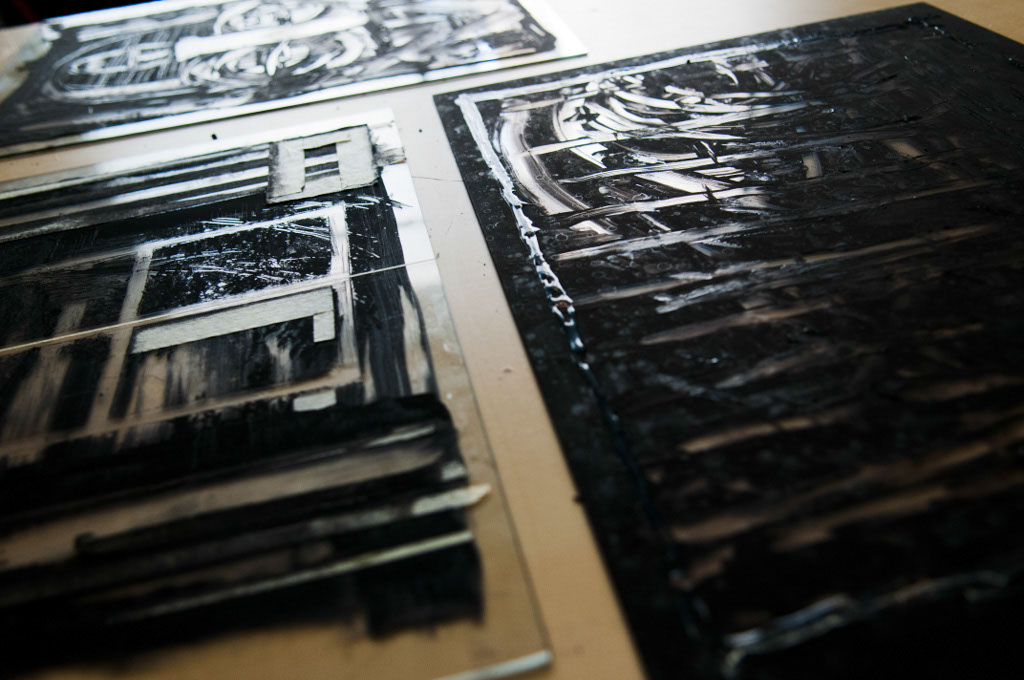
Cliché Verre. A workshop in Florence. Students of University of Arts taking part in a workshop on Cliché Verre, a combination of art and photography.
Teacher Maria Fabiola Ungredda.
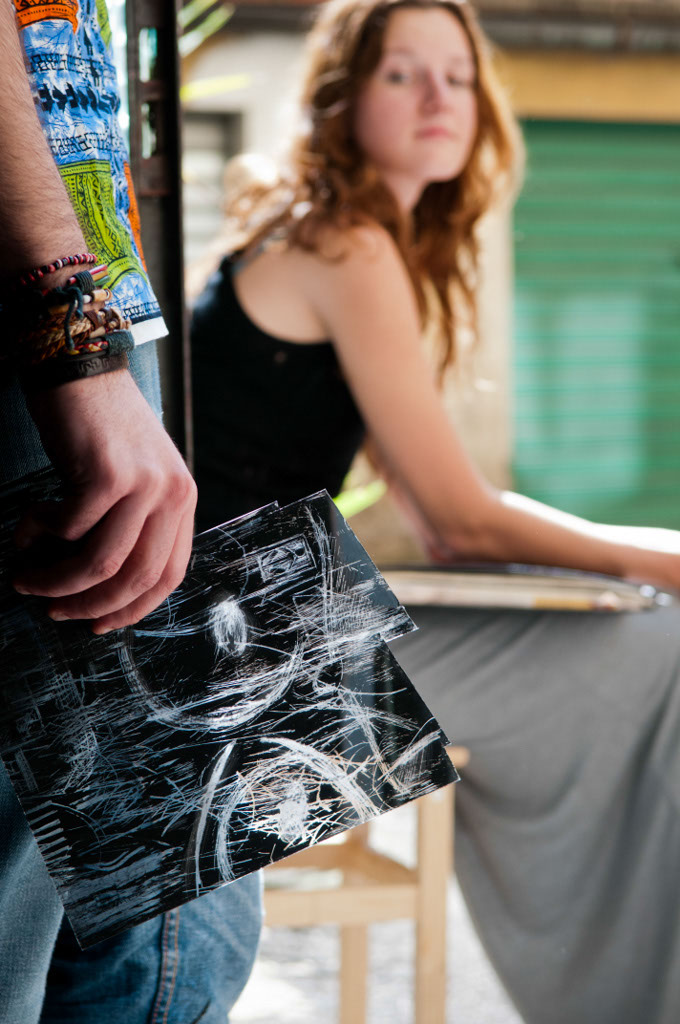
Cliché Verre. A workshop in Florence. Students of University of Arts taking part in a workshop on Cliché Verre, a combination of art and photography.
Teacher Maria Fabiola Ungredda.

Cliché Verre. A workshop in Florence. Students of University of Arts taking part in a workshop on Cliché Verre, a combination of art and photography.
Teacher Maria Fabiola Ungredda.
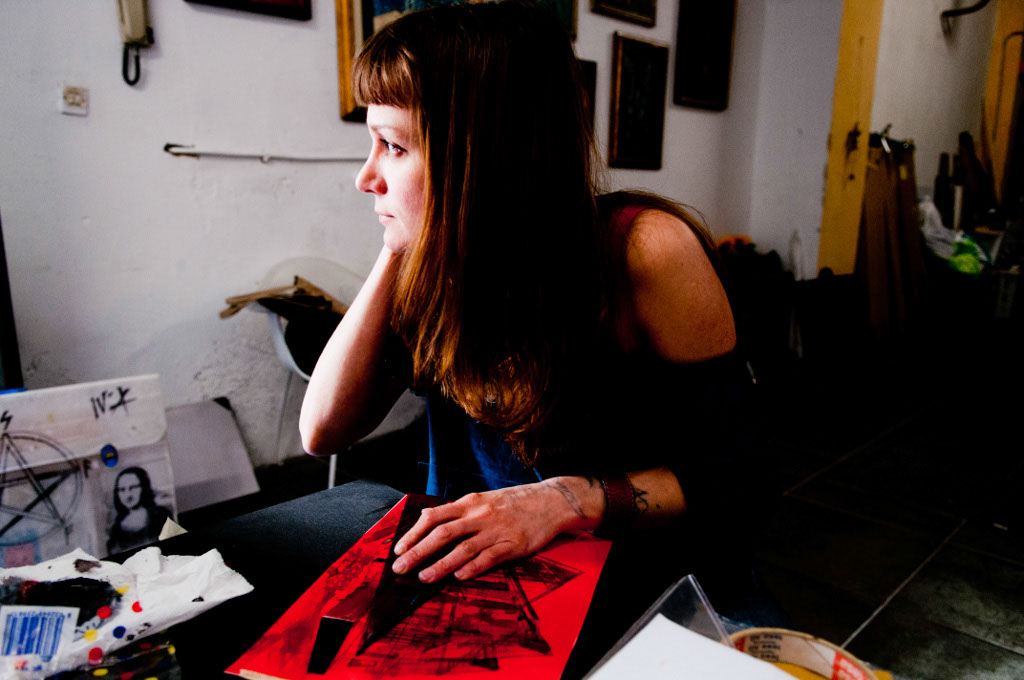
Cliché Verre. A workshop in Florence. Students of University of Arts taking part in a workshop on Cliché Verre, a combination of art and photography.
Teacher Maria Fabiola Ungredda.
